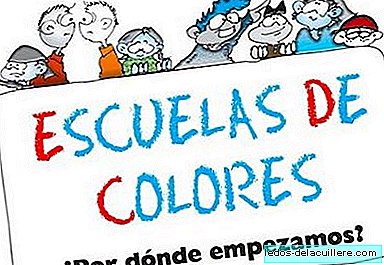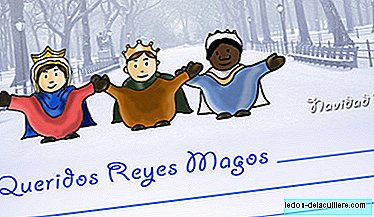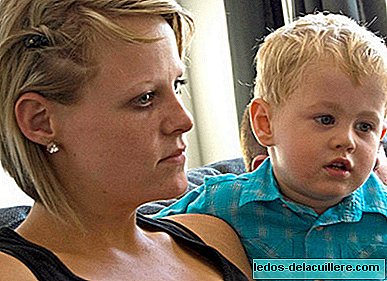
Cultural diversity in our environment is a reality that enriches us. However, sometimes it is not easy to accept, understand or integrate the "different" into our lives. "School of colors" is a material prepared by teachers that aims to give the keys to a positive integration in the classroom of gypsy students.
The orientations offered, however, are useful for any ethnic group and for any student, as they emphasize the knowledge of their origins, their family, their environment. Something that we can extrapolate to our daily lives in the relationship of our children with other children.
This document is based on the basis that all students need the same: an educational environment where recognition and respect is favored through participation and prominence.
This positive environment is created thanks to the involvement of teachers and families in the education of children, through mutual knowledge and a more special welcome if possible for those children who not only start in a new school, but also do so in a city or a new country, even speaking in a language unknown to them.
I know firsthand how difficult it is for these children to integrate into a world that appears completely new and unknown before their eyes. Teachers, classmates, neighbors ... we are the ones in our hands to facilitate this step.
Education in values such as coexistence, respect and collaboration is essential, a task that also requires parental involvement, a base learned In the home.
Personalized attention to the needs of each student and the involvement of these children in the development of classes and activities is also desirable in any classroom.
Encouraging the active participation of children and their parents in school life and promoting the approach of minority cultures to the rest of the educational community will also favor positive integration.
"School of colors" is a material developed within the project "Training and support for teachers of centers with cultural diversity", funded with the support of the European Commission under the Socrates program, which advocates European cooperation in all areas of The education.
In short, in "School of colors" we find some guidelines to achieve integration in the school, and as part of it, in society. An integration and mutual knowledge that favors an undeniable cultural enrichment from which both we and our children can learn.




)







